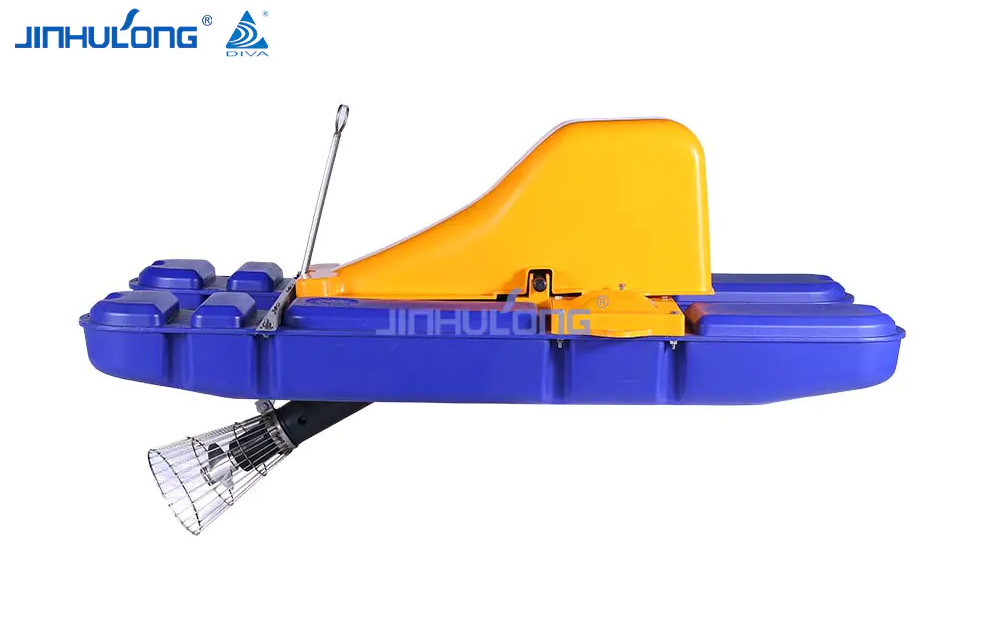Key Performance Considerations When Using Aerators in High Concentration Organic Effluent Treatment

Treating high-concentration organic wastewater presents significant challenges for any aeration system. These wastewaters, often originating from food processing, livestock farms, or industrial discharges, contain elevated biochemical oxygen demand (BOD) and chemical oxygen demand (COD). To handle such loads effectively, the Circumferential Aeration Aerator must provide robust oxygen transfer, promote active microbial growth, and ensure stable long-term performance.
Among various aeration technologies, the circumferential aeration design has gained attention for its even bubble dispersion and energy-efficient operation. But is it truly capable of managing the oxygen demands of heavily polluted effluents?
The primary role of any aeration device in organic wastewater treatment is to deliver sufficient dissolved oxygen to support aerobic microbial degradation. High-strength organic waste requires a greater supply of oxygen to break down complex organic matter. Systems used in this context must exhibit both high oxygen transfer efficiency (OTE) and durability under demanding conditions.
Circular aeration systems typically feature a 360-degree bubble distribution layout. This geometric configuration promotes uniform oxygenation across the tank, reducing the likelihood of anaerobic zones forming. Such even dispersion is crucial in high-concentration systems, where oxygen depletion can quickly lead to odor, sludge bulking, or system failure. Moreover, circular airflow often encourages better horizontal mixing, which helps maintain biomass in suspension and improves contact between microbes and pollutants.
However, the suitability of a specific system also depends on its capacity to operate under increased biological loading. The aerator must sustain a consistent air output despite potential biofilm buildup, increased backpressure, or high suspended solid content. Systems built with robust materials—such as reinforced membranes, anti-clogging nozzles, and corrosion-resistant housings—are more capable of handling these harsh environments.
Another essential factor is flexibility. The ability to adjust airflow rates dynamically allows operators to match oxygen delivery to real-time BOD fluctuations. Many modern circular aeration systems can be integrated with variable speed blowers and dissolved oxygen (DO) sensors to optimize aeration in response to organic loading variations. This adaptability makes them a viable option for complex wastewater scenarios.
Field studies and plant data have shown that circular aeration systems, when properly sized and managed, can perform effectively in treating high-strength organic effluent. However, their performance is maximized when combined with pretreatment steps (e.g., screening or equalization tanks) and a robust control system that monitors key parameters like DO, sludge age, and airflow distribution.
In conclusion, while not all aeration systems are ideal for extreme wastewater conditions, those designed with durability, even oxygen dispersion, and adjustable operation in mind—such as the circumferential aeration approach—can indeed be well-suited to high-concentration organic wastewater applications. With proper configuration and maintenance, they offer a stable, efficient solution to support intensive biological treatment processes.
- Art
- Causes
- Crafts
- Dance
- Drinks
- Film
- Fitness
- Food
- الألعاب
- Gardening
- Health
- الرئيسية
- Literature
- Music
- Networking
- أخرى
- Party
- Religion
- Shopping
- Sports
- Theater
- Wellness


